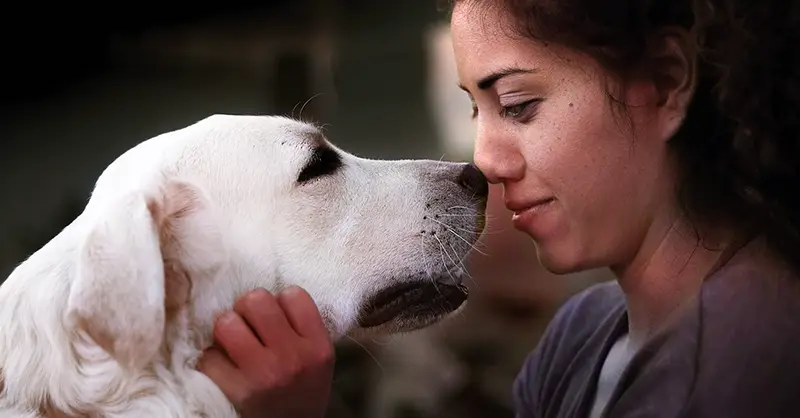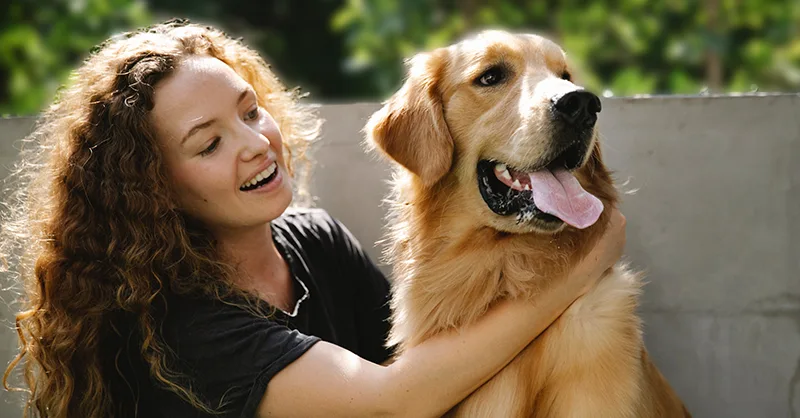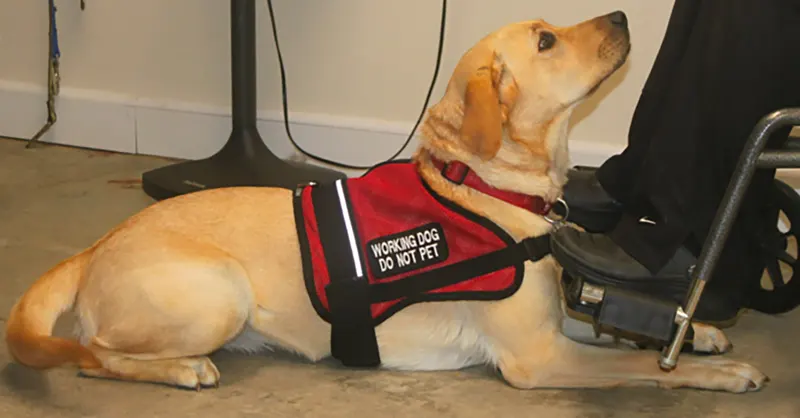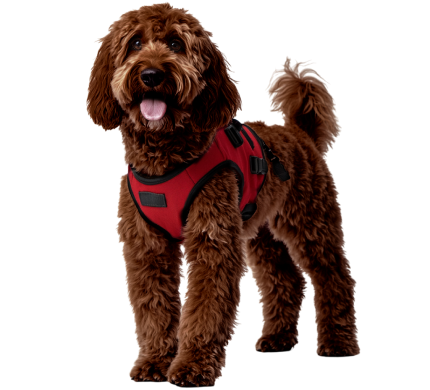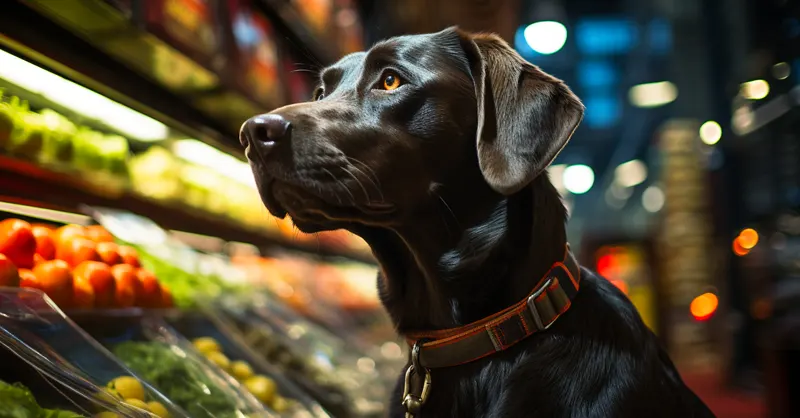All Our Articles on Public Access
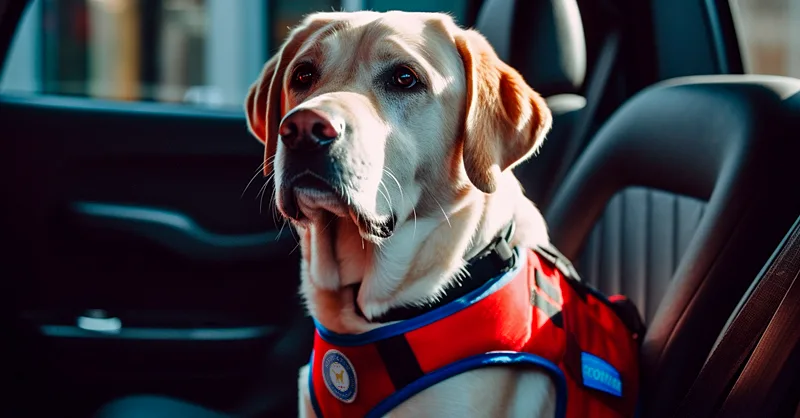
Can Uber Drivers Refuse Your Service Dog?
Uber's policy: Service dogs are allowed to ride with their handlers at no extra cost. According to Uber's guidelines, drivers are required to accommodate service... Read more

Where Can a Service Dog Go in New York?
In New York, service dogs can go to many places that pets can’t. Service dogs are allowed in almost all public areas in New York,... Read more
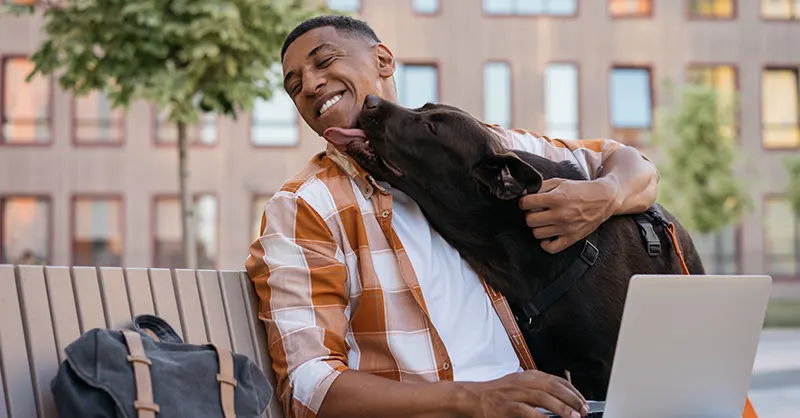
Can I Take a Service Dog to College?
Service dogs are not just for the visually or hearing impaired individual. Service dogs have lent a helping paw to individuals with a broader range... Read more

How to Bring a Service Dog on Cruise Ships
Your service dog can go with you almost anywhere, and this includes the open seas! Bringing your service dog on a cruise ship allows you... Read more
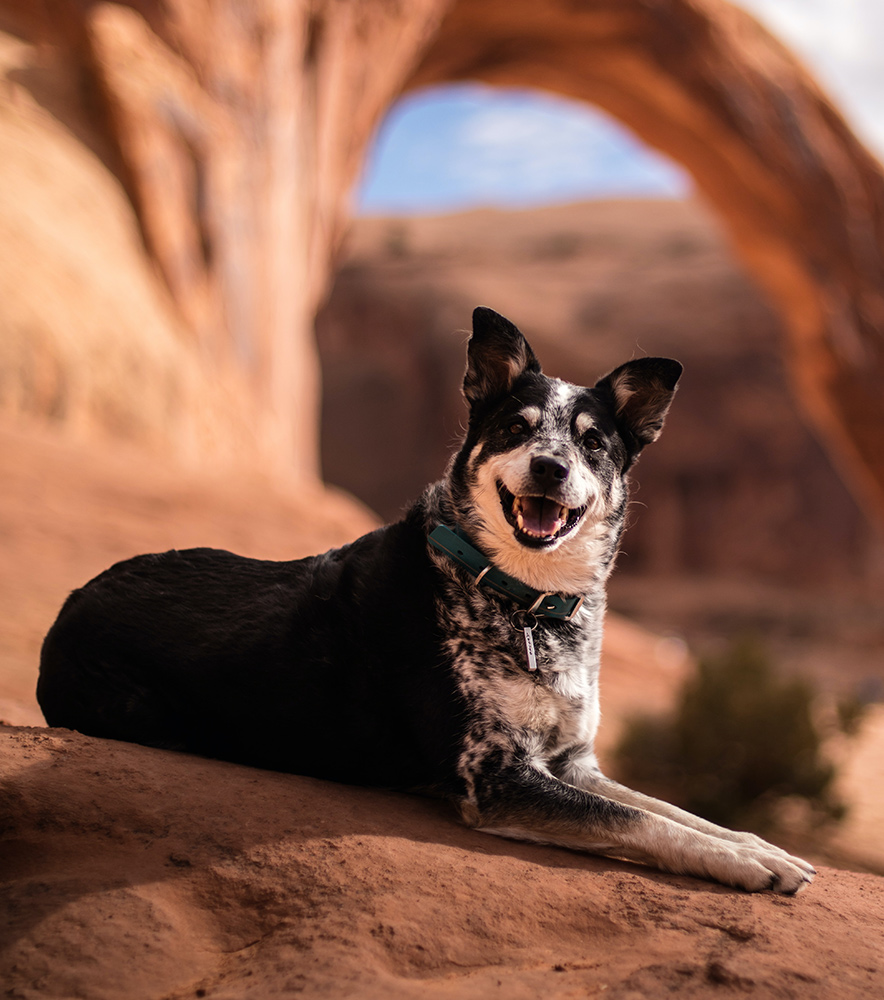
Taking a Service Dog to a National Park
There’s nothing that dogs love more than being outside in nature, so you may find yourself one day planning a trip to a National Park... Read more
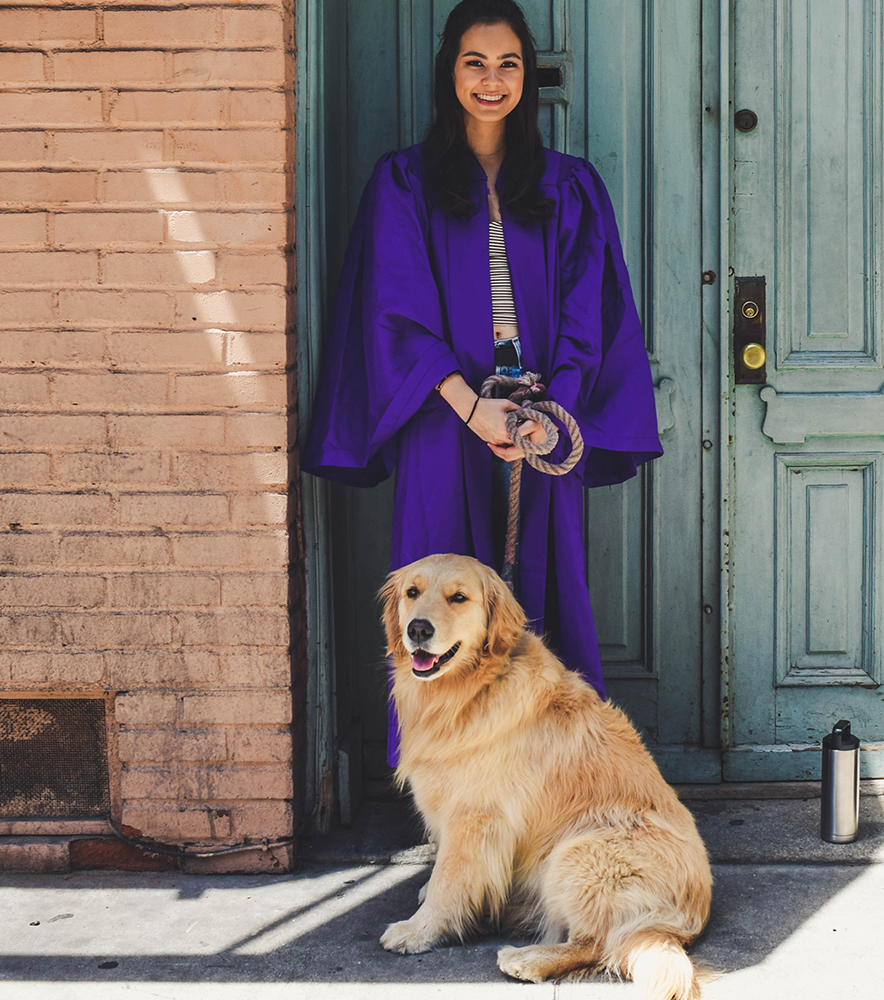
Can a Service Dog be Taken to School?
A disability doesn't end at the doors of a school. For the most part, a school may be where a child or young adult learns... Read more

Can I Take A Service Dog Into Work?
In 1990 The Americans with Disabilities Act (ADA) became a law to protect the rights of disabled individuals from facing discrimination. Before The Americans With... Read more

Can I Take My Service Dog into the Movie Theater?
Under the Americans with Disabilities Act (ADA), service dogs must be allowed to accompany their handlers anywhere the general public is allowed to go, including... Read more
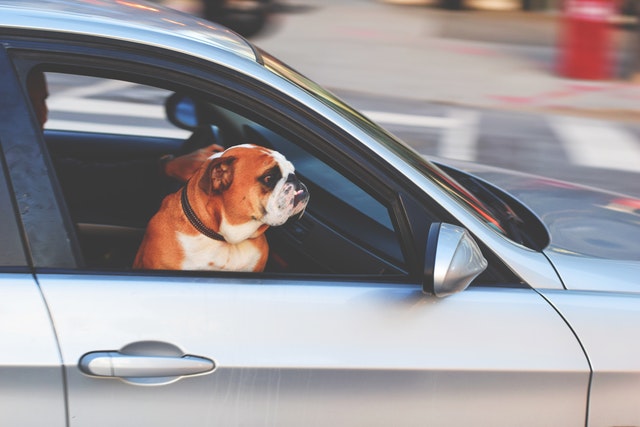
Uber’s Service Animal Policy
Uber is working to make catching a ride easier, safer, and always a five-star experience. They connect the rider with affordable transportation anytime, anywhere, all... Read more
